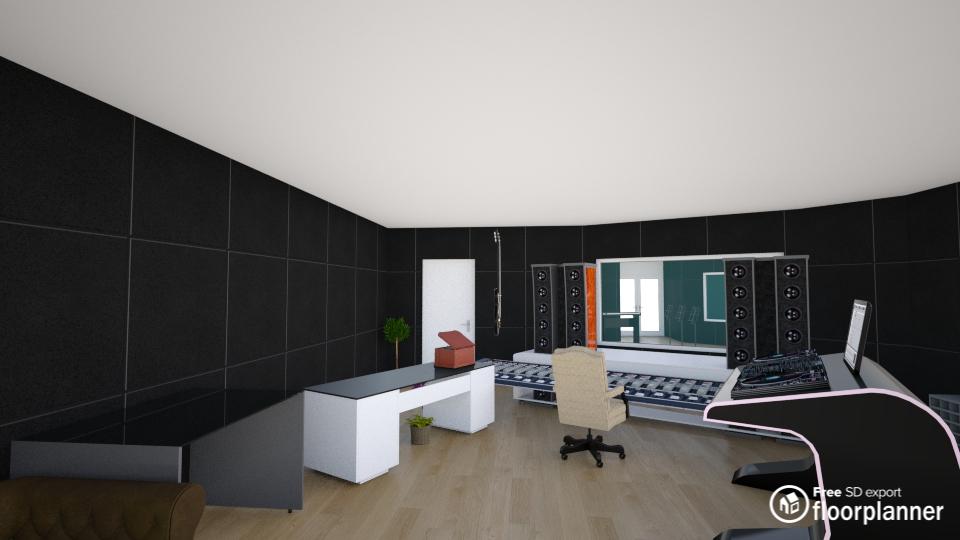
Getting the room soundproof is both improving the acoustic within the room as well as making sure your neighbors won’t be bothered by your practicing or producing. Creating a soundproof space is a key criterion for every music room, as even the most professional-quality equipment cannot coverup an environment that is not conducive for working with sound. We will provide you with some tips and tricks!
- Soundproof walls
- Acoustic floors
- Doors and windows
Soundproof walls
If you have the luxury to start from scratch, go for thicker drywall (1.6cm) that can absorb the sound. Additionally, adding isolation barriers on the inside of the drywall to create extra layers is another alternative. If you do not start from scratch, you can also apply an additional layer of drywall. Make sure you fill-up small cracks and gaps in the walls. This, however, is not sufficient yet. You will also need some wall covers. Consider some soundproof foam acoustic wall panels.
Acoustic floors
Tile and hardwood floors will rebound the noise and these vibrations can disturb your recordings. therefore, to absorb the noise, go for a carpet or soundproof mats. Additionally, when still having a wooden floor underneath, you can consider applying acoustical glue to absorb vibrations. To improve the acoustics, apply a “floating technique” where you create an air gap between layers by adding another drywall layer.
Doors and windows
After having fixed all surfaces, the door(s) and window(s) are the biggest threat for sound leakage. Getting yourself a heavy, thick door can already make a big difference. Additionally, you can also place a sheet block made from vinyl to isolate the door even more. To avoid sounds leakage through the gaps, get some sealing strips